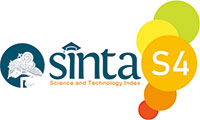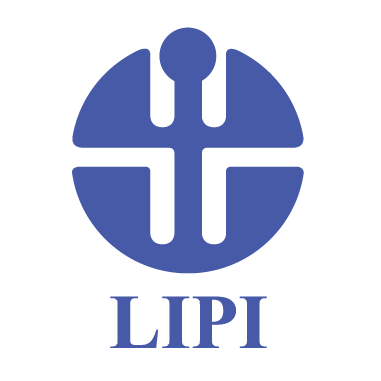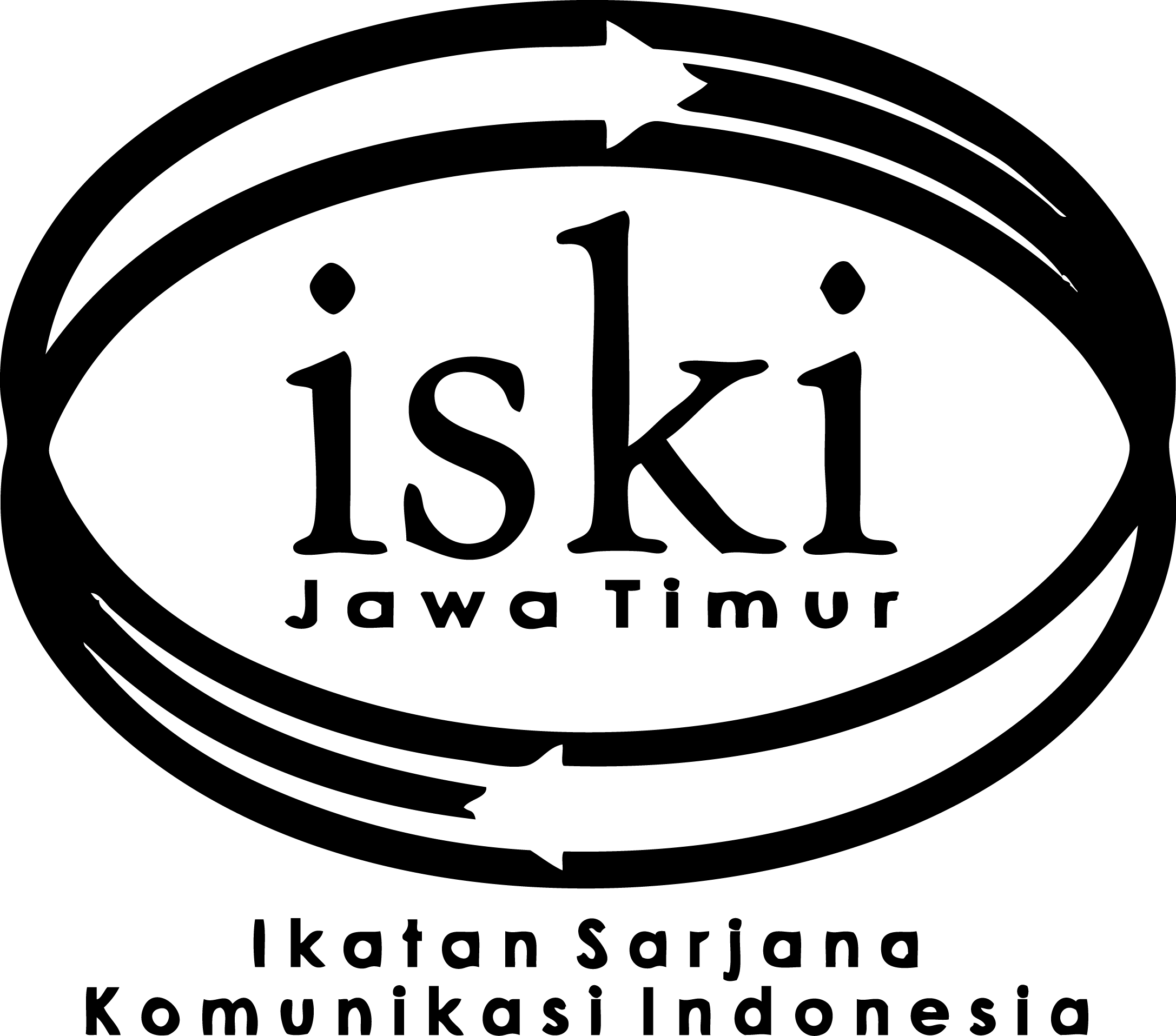Climate Village Program Advocacy and communication Strategy in Samarinda by PT PLN Persero as a contribution to SDG's Environmental Sector
DOI:
https://doi.org/10.37826/spektrum.v11i4.624Keywords:
Climate village, advocacy, communication strategy, SDGs, environmentalAbstract
The existence of tropical forests in East Kalimantan, covering an area of 40.8 million hectares, has been claimed internationally as one of the lungs of the world. This situation causes the Indonesian government to try its best to strengthen the awareness of all parties to maintain ecosystems and nature preservation in East Kalimantan. One state company that is very concerned about this issue is PT PLN (State Power Plant), especially PLN Mahakam Power Plant Control Implementation Unit in Samarinda. PLN strives to continuously assist in several residential areas in the city of Samarinda to provide community-strengthening awareness of environmental protection and nature conservation. This study wants to know how PLN carried out the advocacy strategy for the Village Climate program with partners of the Environmental Office in Samarinda to contribute to achieving SDGs in the environmental sector. Assistance and advocacy to the community are essential to strengthening awareness and sustainable environmental protection behavior. It is inseparable from appropriate communication strategies and implementing intercultural communication locally. This research will use a constructive paradigm with a methodological approach using in-depth interviews with the implementing partners of assistance and advocacy, namely from the environmental office and from PLN, who assist in 12 points of residential areas and educational facilities in the city Samarinda. The results showed that the success of this activity could not be separated from the right communication strategy and the full involvement of various parties to succeed in the Climate Village program in the city of Samarinda.
References
Iqbal, M. F., & Ruhaeni, N. (2022). Pengaturan Emisi Gas Rumah Kaca Berdasarkan Protokol Kyoto Dan Implementasinya Di Indonesia. Jurnal Dinamika Global Vol.7 No. 2, 229.
Johnson, B. B. (2011). Climate Change Communication: A Provocative Inquiry into Motives, Meanings, and Means. Society For Risk Analysis.
Leontinus, G. (2022). Program Dalam Pelaksanaan Tujuan Pembangunan Berkelanjutan (Sdgs) Dalam Hal Masalah Perubahan Iklim Di Indonesia. Jurnal Kajian Ilmu dan Pendidikan Geografi, 44.
Risal, Sandy, T. A., & Partha, N. M. (2022). Strategi Adaptasi Petani Ladang di Kawasan Terdampak Banjir Kelurahan Lempake Kota Samarinda. Jurnal geoedusains, Volume 3, Nomor 1, 28.
Corner, A., Markowitz, E., & Pidgeon, N. (2014). Public engagement with climate change: the role of human values. Wiley Interdisciplinary Reviews: Climate Change, 5(3), 411-422.
Detenber, B., Rosenthal, S., Liao, Y., & Ho, S. S. (2016). Climate and sustainability| audience segmentation for campaign design: Addressing climate change in Singapore. International Journal of Communication, 10, 23.
Raducu, R., Soare, C., Chichirez, C. M., & Purcarea, M. R. (2020). Climate change and social campaigns. Journal of Medicine and Life, 13(4), 454.
Segerberg, A. (2017). Online and social media campaigns for climate change engagement. In Oxford Research Encyclopedia of Climate Science.
Mahoney, J. (2023). Strategic Communication Campaign Planning Third Edition. New York: 2023.
Luthfia, R. A., & Alkhajar, S. (2018). Strengthening public awareness on climate change: lesson learned from a youth social movement in Yogyakarta, Indonesia. International Conference on Climate Change.
























